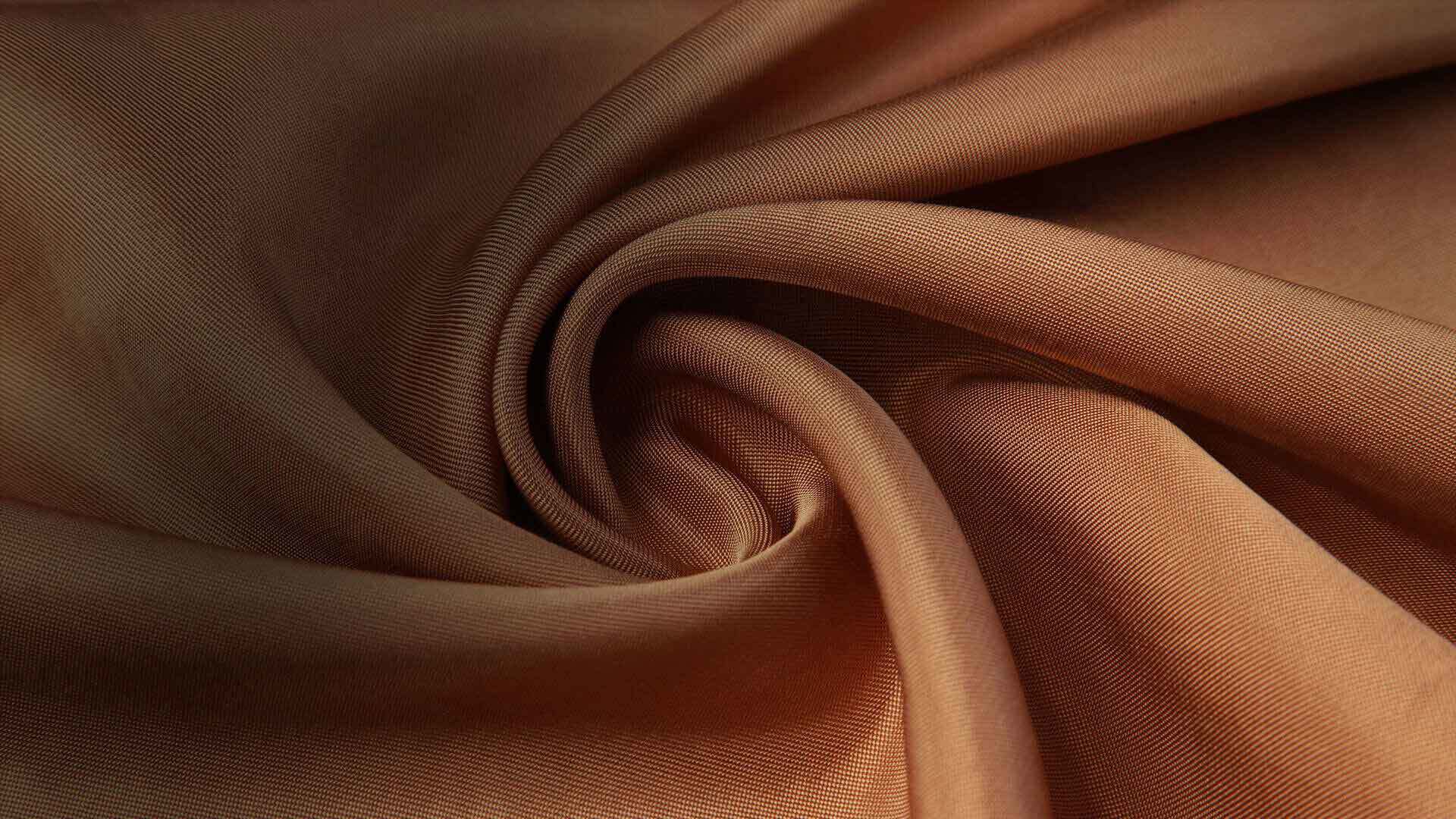The principle of moisture-wicking fabrics
2022-09-26
Moisture-wicking fabric finishing, as the name suggests, is to make the fabric both absorbent and quick-drying.
The water absorption of fiber
Moisture-wicking fabric fibers have the characteristics of water absorption. There are many micropores or fibril gaps and surface grooves on the surface of the fiber that communicate inside and outside, so that moisture can easily enter between the fibers. At the same time, there are many tubular grooves or capillaries along the fiber axis to provide channels for the migration of water, so the fibers have good water absorption. After absorbing water, it does not appear to swell due to water absorption like cotton.
The moisture-wicking properties of fast-drying fibers depend on their chemical composition and physical structure. The gaseous moisture evaporated from the skin surface is first absorbed by the fibrous material, we call it a hygroscopic process. After that, moisture is released through the surface of the fiber material, and the liquid moisture on the skin surface is adsorbed, diffused and evaporated on the surface of the fiber material by the capillary effect generated by the capillaries, micropores, grooves and the gaps between the fibers. , this process is a dehumidification process. The results of the two processes lead to water migration. The former effect is mainly related to the chemical composition of the fiber macromolecules, and the latter effect is related to the physical structure of the fiber.
The moisture between polyester fibers is mainly held by the fibers by the attraction of a large number of microporous capillaries, or mechanically maintained in the capillaries between the fibers. Under normal ambient temperature, the moisture is easily transported to the surface of the fibers and volatilized.
Moisture-wicking fabric fibers generally have a high specific surface area, with numerous micropores or grooves on the surface, and their cross-section is generally a special shape. Using the capillary effect, the fibers can quickly absorb moisture and sweat on the skin surface, and through diffusion , transferred to the outer layer for evaporation.
Related Information







